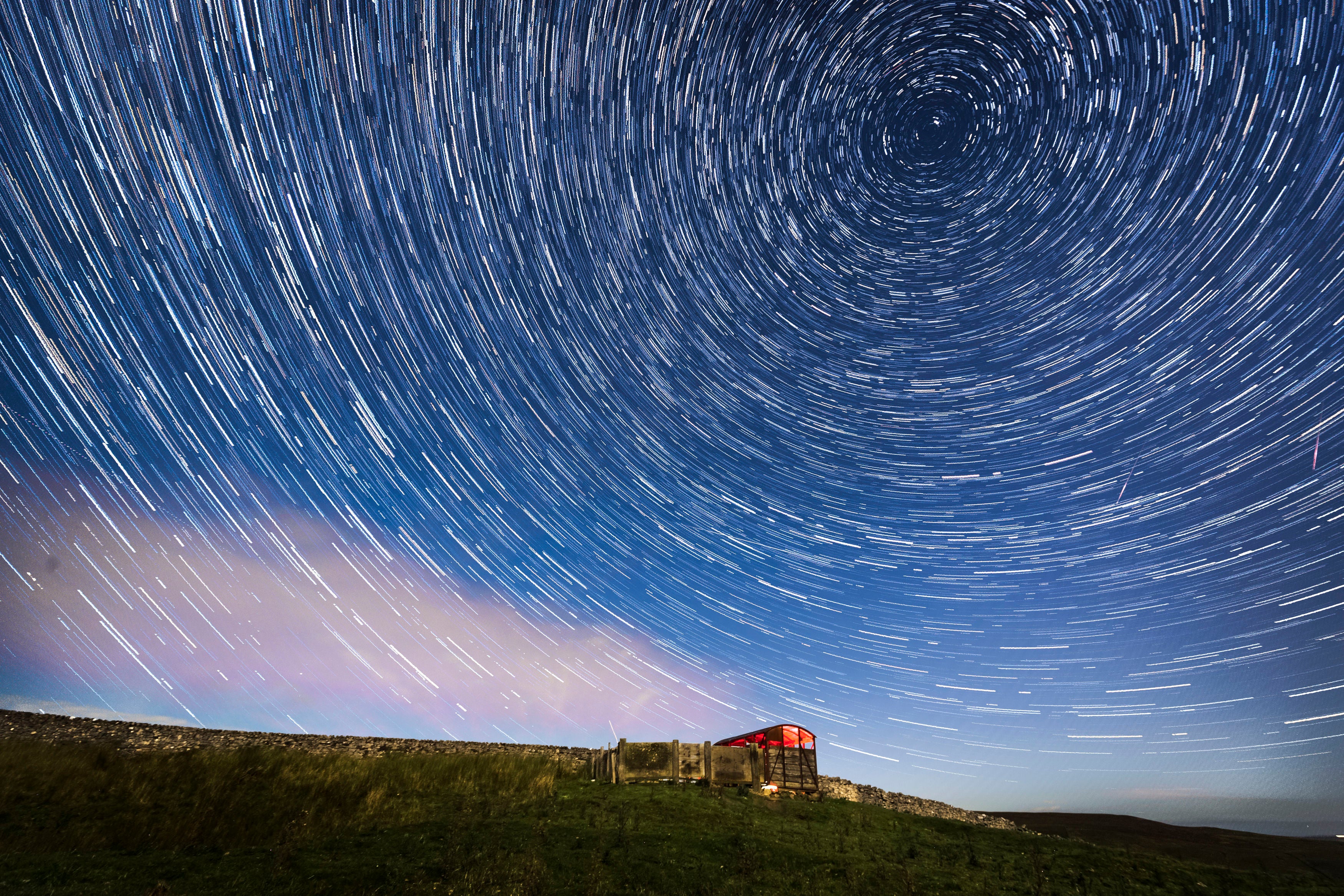Perseid meteor shower to light up the night sky
It is expected to peak in the early hours of Saturday, and is caused by Earth slamming into the debris left behind by a comet.

Your support helps us to tell the story
From reproductive rights to climate change to Big Tech, The Independent is on the ground when the story is developing. Whether it's investigating the financials of Elon Musk's pro-Trump PAC or producing our latest documentary, 'The A Word', which shines a light on the American women fighting for reproductive rights, we know how important it is to parse out the facts from the messaging.
At such a critical moment in US history, we need reporters on the ground. Your donation allows us to keep sending journalists to speak to both sides of the story.
The Independent is trusted by Americans across the entire political spectrum. And unlike many other quality news outlets, we choose not to lock Americans out of our reporting and analysis with paywalls. We believe quality journalism should be available to everyone, paid for by those who can afford it.
Your support makes all the difference.The Perseid meteor shower is set to light up the night skies in what is considered one of the highlights of the year for star gazers.
It is expected to peak in the early hours of Saturday, with up to 150 shooting stars streaking through the sky per hour.
The display is caused by Earth slamming into the debris left behind by comet 109P/Swift-Tuttle in July and August each year.
The meteors seem to originate from the Perseus constellation.
The shower is considered one of the best of the year because it produces bright meteors and is one of the most active.
There is also a high chance of seeing fireballs, which are very bright meteors, as well as meteors with long trains.
Observers can look out for the shower wherever they are, but a clear sky with minimal light pollution offers the best chance of catching a glimpse.
This year, the peak falls around the time of the full moon, so light conditions are not likely to be ideal.
The August full moon is also known as the Sturgeon Moon, named by North American fishing tribes since the species appeared in number during this month.
It has also been called the green corn moon, the grain moon, and the red moon for the reddish hue it often takes on in the summer haze.